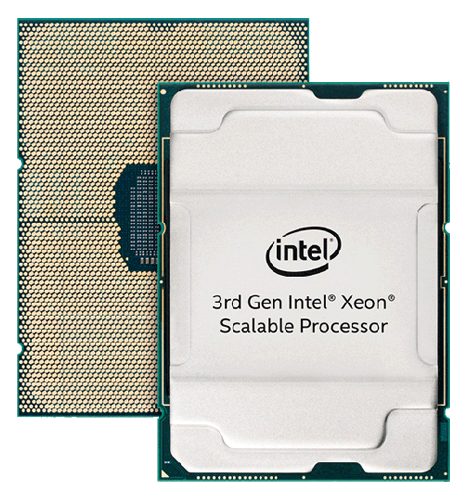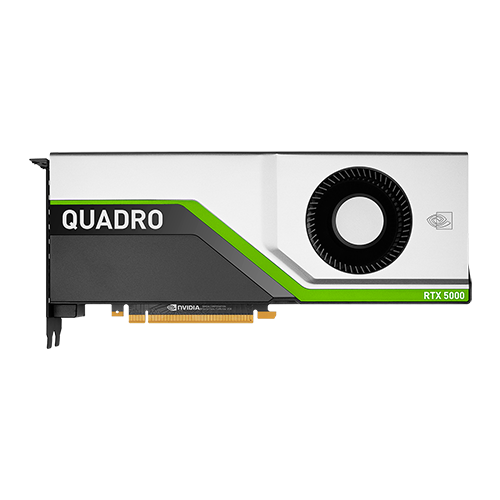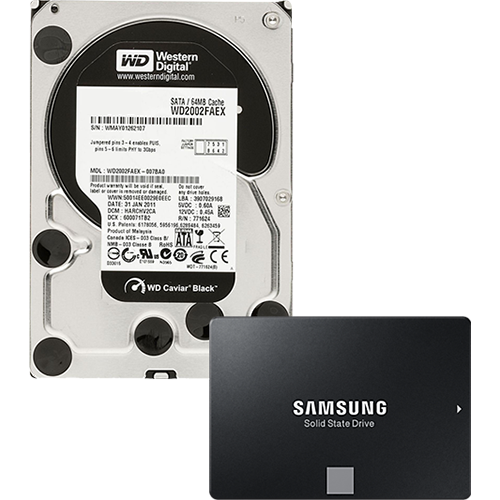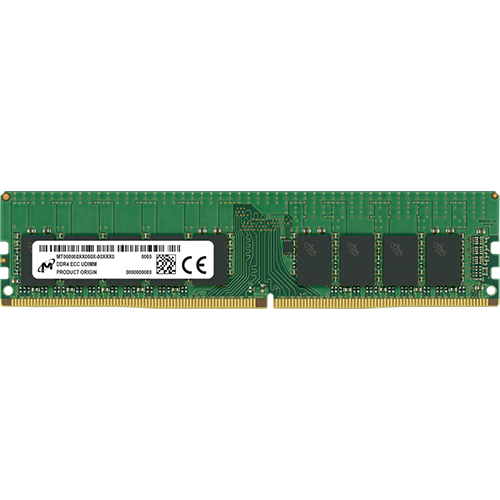
Navisworks
Navisworks is a 3D design review package. Used primarily in construction industries to complement 3D design packages (such as Autodesk Revit, AutoCAD, and MicroStation) Navisworks allows users to open and combine 3D models, navigate around them in real-time and review the model using a set of tools including comments, redlining, viewpoint, and measurements.
Hardware Recommendations
 Processor
Processor
Selecting the number of processing cores and frequency in your Navisworks workstation is critical. 2D design and 3D modeling within the Navisworks software are single-threaded (frequency bound) tasks, meaning they rely primarily on a single processor core. Thus, a CPU with less cores, but high operating frequency (clock speed) will offer the best overall performance.
Since Windows operating system also utilizes a couple cores, we recommend a 4 core processor. If you will be multi-tasking with a variety of applications, go with a 6- or 8-core processor.
Processors have base and turbo clock speeds. An example is a CPU model with 6 processing cores with a 3.8GHz base frequency and a 4.6GHz turbo frequency. If the system tasks are utilizing all 6 cores, the CPU will function at 3.8GHz. If the system is utilizing 1 core, the CPU will function at the 4.6GHz turbo. The CPU will function between 3.8GHz and 4.6GHz depending on the number of processing cores utilized. We recommend a 4GHz+ turbo frequency.
Intel offers the Core i7/i9 processors as the consumer series and the Xeon processors as the professional series. In the past, Xeon CPUs were more powerful than their Core-series counterparts. Today, however, there is little functional difference between the two Intel product families for workstations. Core-series processors, especially with the 'K' designation (e.g. the Core i7-14700K) have the highest clock speeds, while the Xeon models maximize the number of cores. Since the clock speed impacts Navisworks performance, a Core series CPU is perfectly fine. You can opt for a Xeon if you prefer to stick with enterprise-class components developed for 24/7 operation and intensive workloads.
 Graphics
Graphics
NVIDIA offers the GeForce series graphics cards for consumers and the Quadro series graphics cards for professionals. Many software application vendors (e.g. Autodesk and Avid) test the functionality and performance of their applications with specific hardware (usually designated for professionals), then certify those specific series' or models. The application vendors will only offer support if you have hardware that has been certified by them. We recommend going with the NVIDIA Quadro series to ensure that you will be able to get full support from Autodesk if you ever have a software issue. However, NVIDIA GeForce cards show comparable performance in CAD benchmarks, so we recommend the NVIDIA GeForce series if you want the best performance at a lower cost and don't care about official Autodesk support.
For Navisworks, the video card is what handles displaying the 2D and 3D models on the screen. If you will only be working with 2D models, we recommend the Quadro T1000 or A2000 6GB. If 3D modeling plays a large part in your workflow, we recommend a Quadro RTX A2000 12GB, A4000 16GB, or 4000 Ada 20GB.
Autodesk certified NVIDIA Quadro series
NVIDIA Quadro RTX 4500 Ada 24GB (very large projects)
NVIDIA Quadro RTX 4000 Ada 20GB (large projects)
NVIDIA Quadro RTX A4000 16GB (moderate to large projects)
NVIDIA Quadro RTX A2000 12GB (small projects)
NVIDIA Quadro RTX A2000 6GB (2D modeling)
Not certified NVIDIA GeForce series (comparable performance at a lower cost)
NVIDIA GeForce RTX 4070 Super 12GB (very large projects)
NVIDIA GeForce RTX 4060 8GB (large projects)
 Storage
Storage
We recommend a NVMe SSD for the operating system, applications and project files. 1TB is the most common capacity for Navisworks workstations. A 500GB is fine if your projects are moderately sized and the workstation is utilized for basic function work purposes. A 2TB is recommended if your projects are large and you will you will use the workstation for a variety of professional applications.
If your projects are complex, are running multiple applications as the same time, and you want to maximize performance, we recommend two SSDs:
- Primary NVMe SSD: operating system and applications
- Secondary NVMe SSD: dedicated to active projects
For storage or backup, we recommend a SATA SSD or Hard Drive.
M.2 NVMe Gen4 SSD performs at ~5,000MB/s
2.5-inch SATA SSD performs at ~500MB/s
3.5-inch SATA Hard Drive performs at ~250MB/s
 Memory
Memory
The amount of RAM neccessary depends on the complexity of your projects/assemblies and the number of projects you have opened at the same time.
If you are working mostly with 2D models, we recommend at least 16GB RAM, but ideally 32GB RAM.
If 3D modeling plays a large part in your workflow, 32GB RAM is most common.
If your projects are complex and have multiple projects as the same time, 64GB is recommended.
Configuration Recommendations
HP Z4 G5 Workstation
$6,100
HP Z2 G9 Tower Workstation
$4,150
HP Z2 G9 Tower Workstation
$3,750
Running additional applications on this system?
The recommended components and configurations provided on this page are specific to this software. If you plan on running other applications, view our recommendations for them as well and choose a configuration that best suits the needs of the application requirements collectively. Feel free to contact us for further assistance.
 3ds Max
3ds Max  Act-3D
Act-3D  After Effects
After Effects  AMBER MD
AMBER MD  ANSYS
ANSYS  ARCHICAD
ARCHICAD  Arnold
Arnold  Audition
Audition  AutoCAD
AutoCAD  Blender
Blender  BodyPaint 3D
BodyPaint 3D  Catia
Catia  Cinema 4D
Cinema 4D  Corona Renderer
Corona Renderer  DaVinci Resolve
DaVinci Resolve  Digital Performer
Digital Performer  DIGITS
DIGITS  Flame
Flame  Fusion
Fusion  Harmony
Harmony  Hauptwerk
Hauptwerk  Houdini FX
Houdini FX  Illustrator
Illustrator  InDesign
InDesign  Inventor
Inventor  Keyshot
Keyshot  Lightroom
Lightroom  Live
Live  Mari
Mari  Maxwell
Maxwell  Maya
Maya  Media Composer
Media Composer  Modo
Modo  MotionBuilder
MotionBuilder  Mudbox
Mudbox  Navisworks
Navisworks  Nuke
Nuke  OctaneRender
OctaneRender  Photoshop
Photoshop  Premiere Pro
Premiere Pro  Pro Tools
Pro Tools  ReCap 360
ReCap 360  RenderMan
RenderMan  Revit
Revit  SketchUp
SketchUp  Solid Edge
Solid Edge  Solidworks
Solidworks  TensorFlow
TensorFlow  Unreal Engine
Unreal Engine  V-Ray Next
V-Ray Next  VMware
VMware  ZBrush
ZBrush